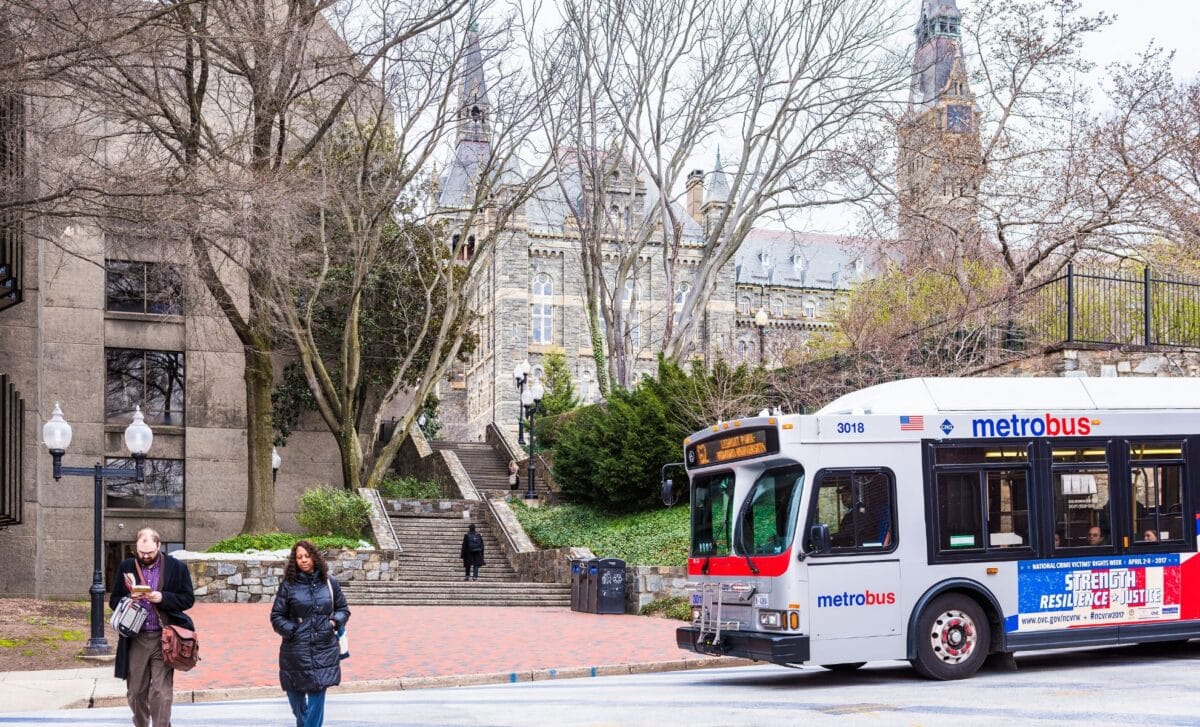The Washington D.C. Metrobus network is set for its first major overhaul in more than 50 years, with sweeping changes coming into effect on June 29. Hundreds of bus stops will be eliminated, and many routes will either be added, modified, or renamed. These changes aim to streamline service and improve overall accessibility for residents across the D.C. area.
With over 400,000 weekday riders, Metrobus serves as a critical transportation lifeline for the region. According to Metro, the initiative is a response to decades of stagnation in the local bus network and the evolving needs of the city’s population.
As the region’s transit authority works to modernise its operations, the redesign will result in faster, more efficient routes, albeit with some trade-offs.
Streamlining the Network for Greater Efficiency
One of the most significant changes will be the elimination of 527 bus stops across the city. While this may seem like a drastic move, Metro argues that fewer stops will result in faster travel times, particularly along high-density corridors. For commuters, this will mean less frequent but quicker service.
Additionally, new routes will replace outdated or redundant ones, making connections more direct and reducing travel times.
A prime example is the extension of the D74 route, which now links residential neighbourhoods in the north of D.C. to popular destinations in the south, including Dupont Circle and Foggy Bottom. According to Metro, this will provide a crucial crosstown connection that previously required multiple transfers.
While the goal of these changes is to create a more seamless and regional network, the adjustments also reflect political and financial constraints. The changes are being made within the existing Metro budget, meaning some compromises were necessary, such as fewer routes or reduced service in some neighbourhoods.
Metro’s Scudder Wagg, a transit planner, explained that redesigning bus systems often yields quick results in terms of accessibility and economic outcomes, but it requires careful balance between resources and demand.
How the Metrobus Redesign Will Impact Commuters
For commuters, these changes will present a mixed bag. While many will benefit from more direct routes and fewer stops, others will face longer walks to bus stations due to the stop eliminations. Furthermore, many routes will require passengers to transfer more frequently, which could pose an inconvenience for some riders.
To offset these inconveniences, Metro has made efforts to coordinate with local bus services in surrounding counties, such as Ride On in Montgomery County and TheBus in Prince George’s County, which will also be undergoing changes on the same dates.
According to Metro, these simultaneous redesigns will help ensure that coverage and timing are aligned, so commuters won’t be left stranded as the region transitions to the new system.









